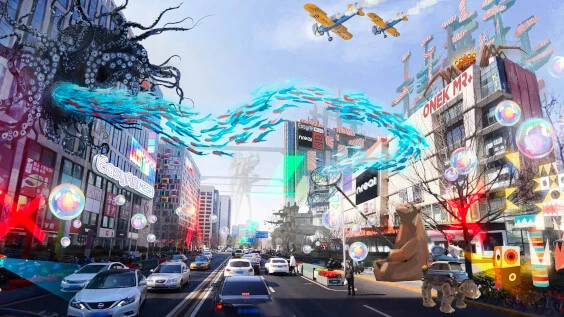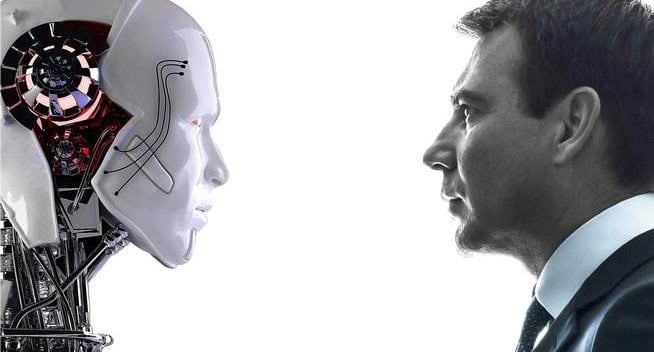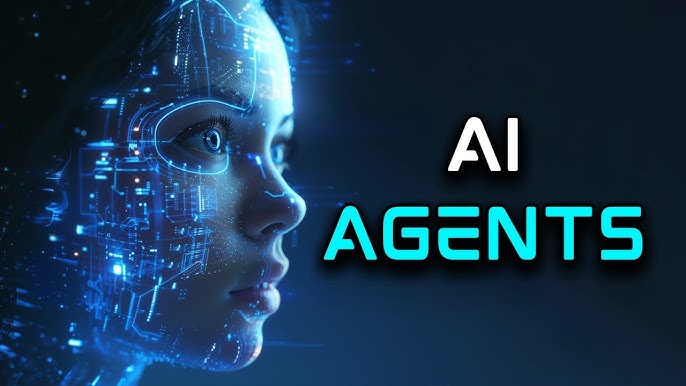The year 2024 promises to be a pivotal year for Augmented Reality (AR) and Virtual Reality (VR). As these immersive technologies continue to evolve and find new applications, developers are constantly on the lookout for the best tools and technologies to bring their visions to life.
In this blog, we'll explore some of the essential tools and technologies that AR/VR developers should have in their arsenal in 2024.
1. AR/VR Development Platforms
-
ARKit and ARCore: These native SDKs from Apple and Google, respectively, provide the foundation for building AR experiences on iOS and Android devices. They offer features like object recognition, spatial mapping, and world tracking, making it easier to create realistic and interactive AR apps.
-
Unity and Unreal Engine: These popular game engines are also well-suited for AR/VR development. They offer powerful 3D rendering capabilities, physics simulation, and a wide range of tools for building immersive experiences.
-
React Native: For developers who want to build cross-platform AR/VR apps, React Native is a great option. It allows you to write once and deploy to both iOS and Android devices, saving you time and resources.
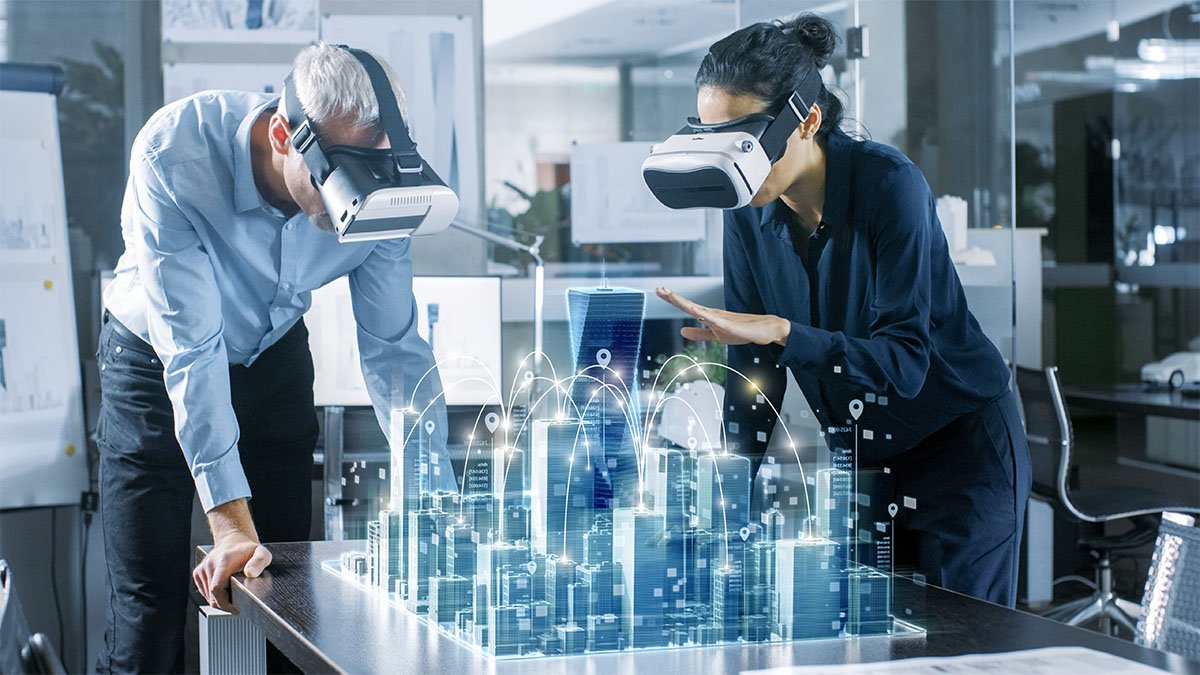
2. 3D Modeling and Design Tools
-
Blender: This free and open-source 3D modeling software is a popular choice for AR/VR developers. It offers a wide range of features, including sculpting, animation, and rigging, making it a versatile tool for creating 3D assets.
-
Maya and 3ds Max: These professional 3D modeling tools offer even more advanced features and are often used for creating high-quality assets for AAA VR games.
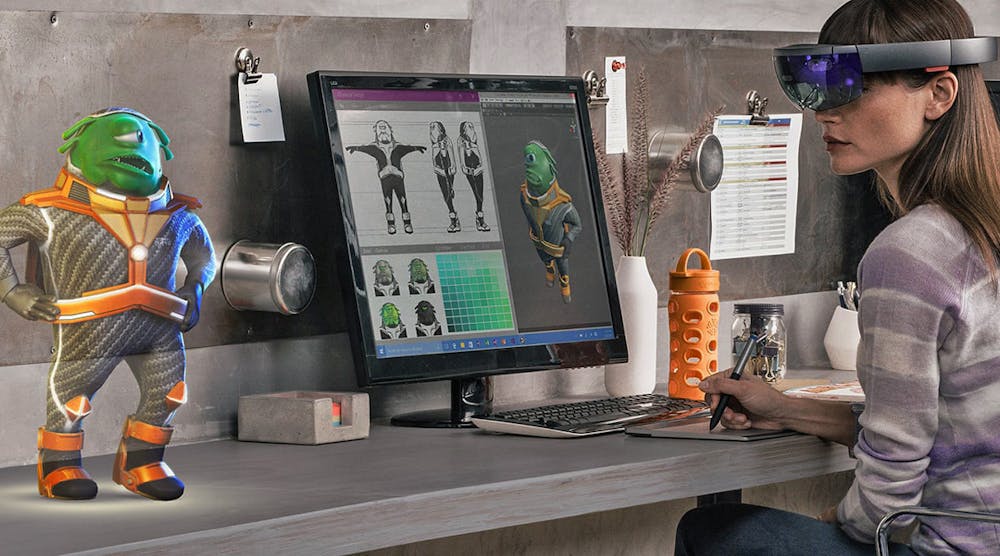
-
Tilt Brush: This VR sculpting tool allows you to create 3D models in a virtual environment using intuitive hand gestures. It's a great way to unleash your creativity and create unique assets for your AR/VR projects.
3. Spatial Audio Tools
-
Wwise and FMOD Studio: These middleware solutions allow you to create immersive and realistic spatial audio for your AR/VR experiences. They provide features like head-related transfer function (HRTF) simulation, which can make sounds seem like they are coming from different directions in the virtual world.
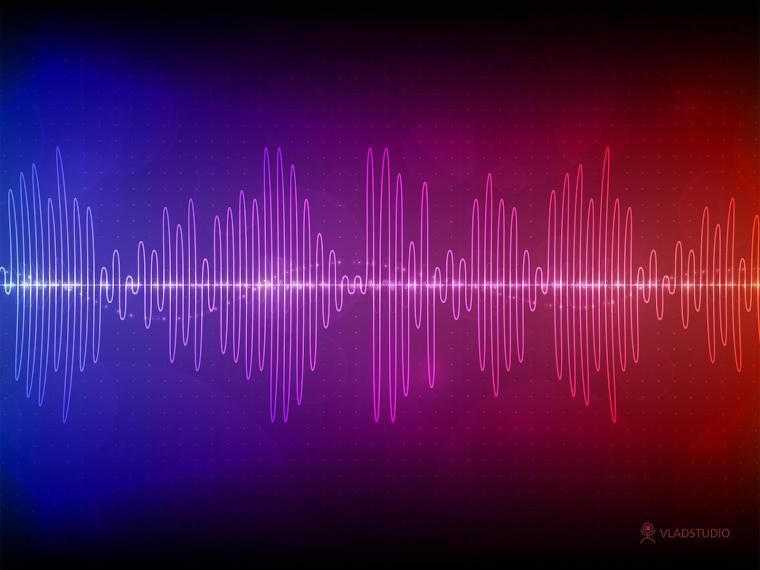
-
Oculus Spatializer: This tool from Oculus VR helps you optimize your audio for the Oculus Quest headset. It provides a virtual environment where you can test and adjust your audio settings to create the best possible experience for your users.
4. Advanced Technologies
-
Eye Tracking: Eye tracking technology is becoming increasingly popular in AR/VR. It allows you to track a user's gaze, which can be used for a variety of purposes, such as controlling objects in the virtual world or personalizing the experience based on what the user is looking at.

-
Haptics: Haptic feedback can add a layer of realism to AR/VR experiences by allowing users to feel virtual objects. This technology is still in its early stages, but it has the potential to revolutionize the way we interact with the virtual world.
-
LiDAR: LiDAR (Light Detection and Ranging) sensors are becoming more common in AR/VR devices. They can be used to create highly accurate 3D maps of the real world, which can be used for a variety of purposes, such as object recognition and spatial mapping.
By keeping up with the latest tools and technologies, AR/VR developers can create even more immersive and engaging experiences in 2024. This is just a starting point, and there are many other exciting tools and technologies on the horizon. So, stay curious, experiment, and get ready to build the future of AR/VR
I hope this blog was helpful. If you have any questions, please feel free to leave a comment below.
For more details contact : support@mindnotix.com
Mindnotix Software Solutions Company


 AI-Taxi App
AI-Taxi App AI-Food App
AI-Food App AI-Property Mgmt App
AI-Property Mgmt App AI-CRM
AI-CRM AI-Fantasy App
AI-Fantasy App
 Web Development
Web Development App Development
App Development Business & Startup
Business & Startup Hire Developer
Hire Developer
 Digital Marketing
Digital Marketing Lead-generation
Lead-generation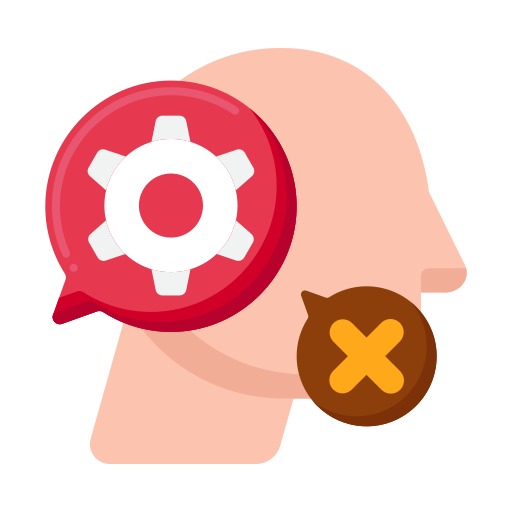 Creative Agency
Creative Agency Branding Agency
Branding Agency Augmented Reality
Augmented Reality Virtual Reality
Virtual Reality Internet of Things
Internet of Things Artificial Intelligence
Artificial Intelligence Blockchain
Blockchain Chatbot
Chatbot